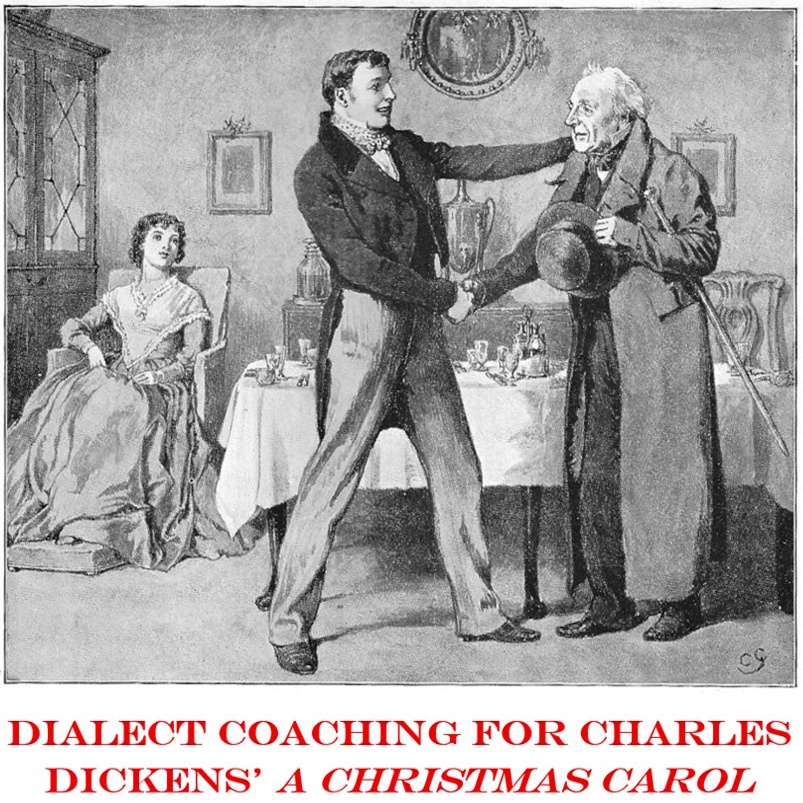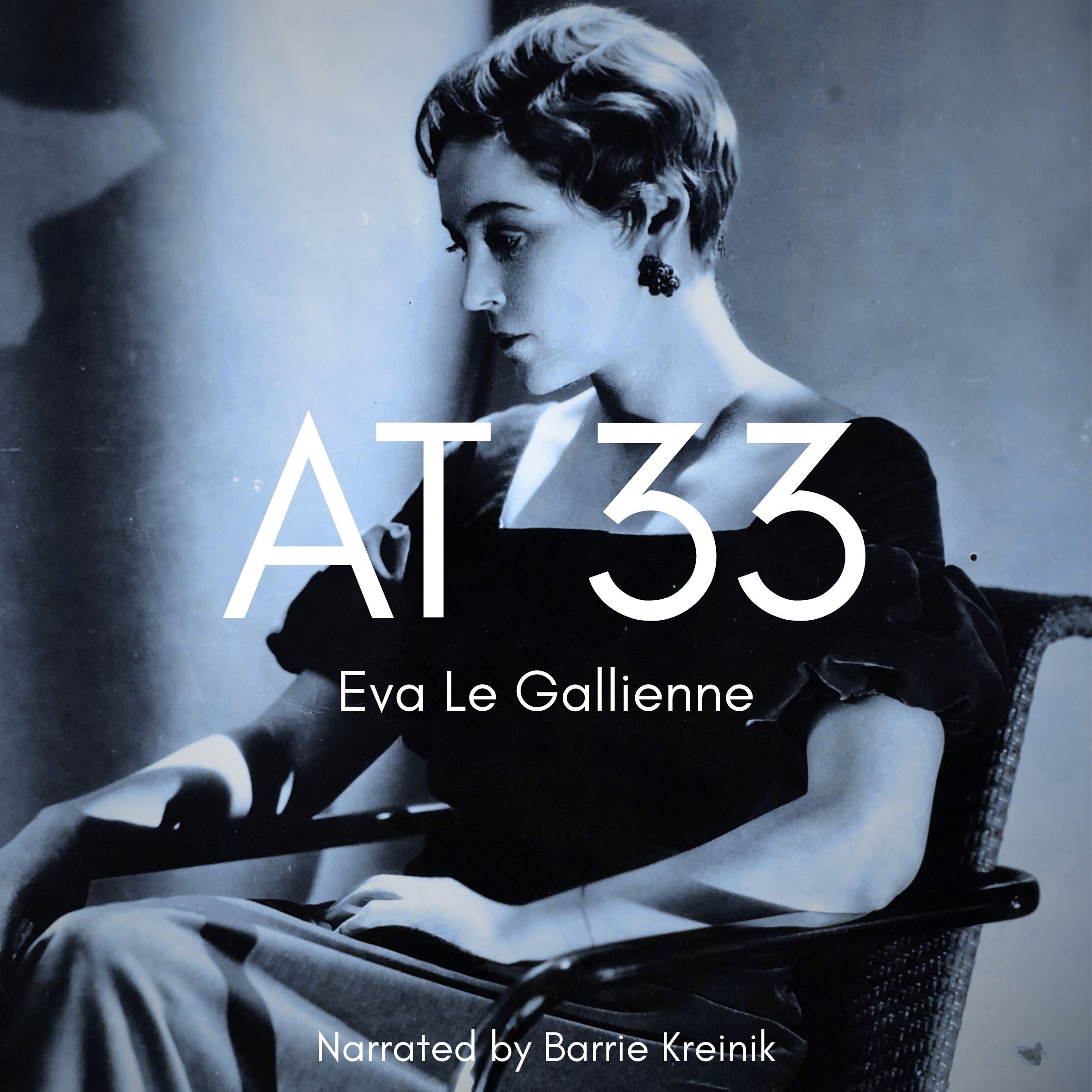Peru 7
Listen to Peru 7, a 27-year-old man from San Borja and San Isidro, Lima, Peru, and the United States. Click or tap the triangle-shaped play button to hear the subject.
Both as a courtesy and to comply with copyright law, please remember to credit IDEA for direct or indirect use of samples. IDEA is a free resource; please consider supporting us.
BIOGRAPHICAL INFORMATION
AGE: 27
DATE OF BIRTH (DD/MM/YYYY): 04/05/1983
PLACE OF BIRTH: Lima, Peru
GENDER: male
ETHNICITY: Peruvian (exact ethnicity unknown)
OCCUPATION: student
EDUCATION: bachelor’s degree and doing post-graduate work
AREA(S) OF RESIDENCE OUTSIDE REPRESENTATIVE REGION FOR LONGER THAN SIX MONTHS:
At the time of the interview, the subject had lived in Melbourne, Australia, for eight years. He regularly visits relatives in Miami, Florida, in the United States.
OTHER INFLUENCES ON SPEECH:
He learned English at a school in Lima, where it was the main language spoken in lessons. His teachers were British. He also speaks basic French, Italian and Portuguese.
The text used in our recordings of scripted speech can be found by clicking here.
RECORDED BY: Jennifer Innes
DATE OF RECORDING (DD/MM/YYYY): 11/04/2011
PHONETIC TRANSCRIPTION OF SCRIPTED SPEECH: N/A
TRANSCRIBED BY: N/A
DATE OF TRANSCRIPTION (DD/MM/YYYY): N/A
ORTHOGRAPHIC TRANSCRIPTION OF UNSCRIPTED SPEECH:
I was born in Lima, Peru, on May the fourth, 1983. I grew up in San Borja, a district in Lima, and then that was a small apartment there and then we moved to a bigger house in San Isidro, where I spent most of my childhood. Ah, my school was close by, in a place called Miraflores, and, yeah, that’s where I went to school. Ah, every summer I would go down to the beach and spend about three months, on the beach and I miss that a lot, and then I, after going to high school there I sort of did a year of uni and then moved to Australia, came to live in Melbourne and study at Melbourne Uni, and I’ve been here for almost eight years now, which have felt quite quick, and, um, yeah, here I’ve been able to go back to Peru every now and then. I used to go back a lot more when I first got here, ah, but now, it’s, it’s been a long time since I’ve been back, so, it’s funny how at the start I used to go back every six to twelve months and now it’s been almost four years since I’ve been back. So … yeah … for some reason the longer the time that I spend away the less inclined I feel to go back home but, yeah, home will always be there and I’ve been there many times and I’m sure I’ll go back, again. I’m just excited about seeing other places in the world, although Peru is quite amazing and quite exciting.
[Subject speaks Spanish text]: A través de la historia, el arte ha sabido inspirar, aliviar y estimular a la gente. Esto es visible también en el arte del siglo veinte. Por ello, el boletín del presente mes será un repaso de aquéllas figuras literarias, artísticas y cinematográficas que a través de su expresión han forjado la cultura latinoamericana. Frida Kahlo (1907-1954) es una de las artistas femeninas más célebres de México. Sin embargo, su aspiración de ser artista se desarrolló únicamente a raíz de un grave accidente automovilístico que la inspiró a enseñarse a sí misma a pintar, recién a partir de los dieciocho años. Hoy por hoy, es respetada internacionalmente por sus autoretratos de colores vivos y chocantes. Kahlo encontró tempranamente el apoyo de su marido Diego Rivera (1886-1957), un artista altamente entrenado cuyos soberbios murales, se ha dicho, han resucitado la pintura al fresco en Latinoamérica. Estos murales son reconocidos también por el uso audaz del color que emplea, pero a diferencia de la obra más personal de su esposa, Rivera trata temas “mexicanistas” de mayor relieve histórico. [English translation: Throughout history, art has inspired, soothed and called people to action. Twentieth century art is no different. Therefore, this month’s newsletter is a review of some of the literary, artistic and cinematographic figures from Latin America who have shaped culture through their expression. Frida Kahlo (1907-1954) is one of Mexico’s most famous female artists. She did not always aspire to be an artist, however. Only after a serious bus accident when she was eighteen did she begin to teach herself to paint. Now, she is internationally respected for her self-portraits, which use brilliant colors. One of Kahlo’s earliest supporters was her husband, Diego Rivera (1886-1957), a trained artist whose dramatic murals are said to have revived fresco painting in Latin America. His murals are also noted for their bold use of color, but unlike his wife’s personal portraits, his work focuses on depicting broad themes in Mexican history.]TRANSCRIBED BY: Jennifer Innes
DATE OF TRANSCRIPTION (DD/MM/YYYY): 11/04/2011
PHONETIC TRANSCRIPTION OF UNSCRIPTED SPEECH: N/A
TRANSCRIBED BY: N/A
DATE OF TRANSCRIPTION (DD/MM/YYYY): N/A
SCHOLARLY COMMENTARY: N/A
COMMENTARY BY: N/A
DATE OF COMMENTARY (DD/MM/YYYY): N/A
The archive provides:
- Recordings of accent/dialect speakers from the region you select.
- Text of the speakers’ biographical details.
- Scholarly commentary and analysis in some cases.
- In most cases, an orthographic transcription of the speakers’ unscripted speech. In a small number of cases, you will also find a narrow phonetic transcription of the sample (see Phonetic Transcriptions for a complete list). The recordings average four minutes in length and feature both the reading of one of two standard passages, and some unscripted speech. The two passages are Comma Gets a Cure (currently our standard passage) and The Rainbow Passage (used in our earliest recordings).
For instructional materials or coaching in the accents and dialects represented here, please go to Other Dialect Services.
 IDEA: International Dialects of English Archive
IDEA: International Dialects of English Archive




